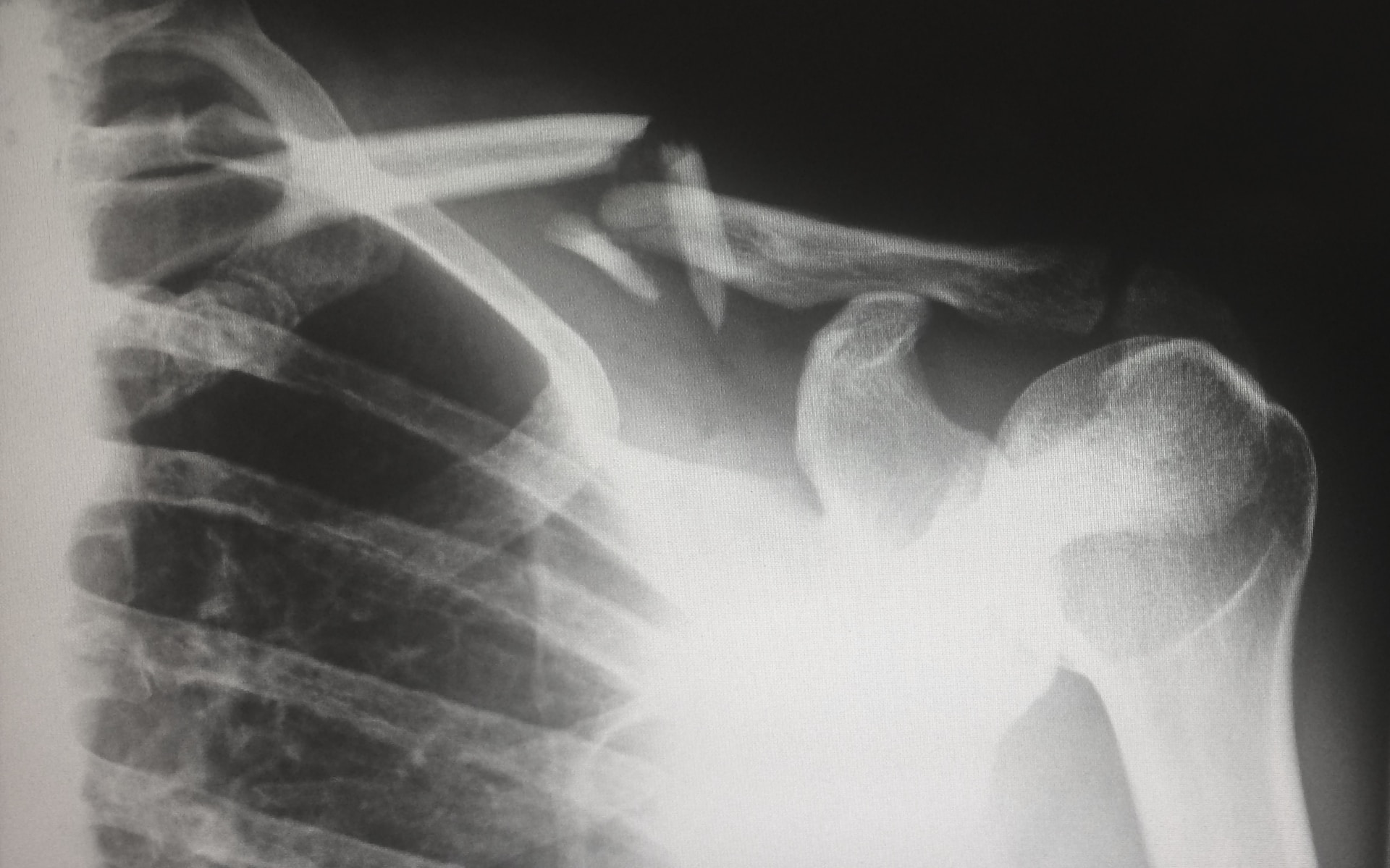Nobody wants to be going about their daily business only to find themselves in an accident that leaves them injured and requiring treatment. However, the fact of the matter remains that personal injury cases are quite common in civil court, meaning learning everything there is to know about negligence and liability is important. The following guide will outline the key points, including how to establish your personal injury case, so that your lawsuit goes smoother.
What is a Personal Injury Lawsuit?
A personal injury lawsuit occurs when one party sues another party for some type of wrongdoing that the party being sued supposedly committed. The motivation behind filing the lawsuit, on behalf of the filing party, is to be made whole following the injuries that were sustained due to the wrongdoing. Personal injury law falls under civil law, as opposed to criminal law, which means the plaintiff and defendant are representing themselves with their lawyers on either side of the case. Some common examples of personal injury lawsuits include:
- Vehicle-on-vehicle collisions
- Vehicle-on-pedestrian collisions
- Medical malpractice cases
- Off-leash animal attacks
- Slip-and-fall accidents
- Product malfunction accidents
The Role of Negligence in Personal Injury
Negligence is the backbone of a personal injury lawsuit and is the largest determining factor for whether or not a person can be held liable for injuries stemming from a case. The definition of negligence in personal injury simply refers to a failure to act with a certain level of care that an ordinary person in the same exact situation would do. Negligence and recklessness, as a note, are distinct and different, with recklessness often being intentional and negligence being unintentional.
How is Liability Determined in a Personal Injury Lawsuit?
Liability is what will determine who is at fault for an accident that resulted in personal injury to one of the parties in a case. To prove liability, the plaintiff will need to demonstrate that the defendant acted with negligence in such a way that the accident wouldn’t have happened if not for their actions. If this can be proven, the defendant will likely be found at fault for the accident and liable for any damages the plaintiff is requesting.
Establishing Whether a Case Has Negligence Involved
As mentioned above, a party will need to prove that the defendant acted with negligence in such a way that the accident occurred due to their errors. However, proving this is more challenging than initially meets the eye. The following four steps are the process that is required to prove negligence existed and was the cause of what occurred:
Duty of Care
The first item which must be shown to the court is that the defendant had a duty of care to the plaintiff. Duty of care is a general requirement that a person needs to act towards others and the public with a certain watchfulness, caution, and prudence to the degree of a normal person in the same situation. For example, a driver on the road has a duty of care to keep other drivers safe by acting responsibly behind the wheel.
Breach of Duty
The second stage to establishing negligence is proving that a breach of that duty of care occurred. This is, in effect, the actual act of negligence itself. A breach of duty of care refers to acting in such a manner that the watchfulness and caution that a normal person would have are not present. A driver choosing to text on their phone is a common example of a breach of their duty of care to other drivers.
Causation
Finally, once a breach of duty of care has been established, the court must see that the negligence on behalf of the defendant led to the accident which resulted in personal injury. Sticking with the same example, a driver who chooses to text on their phone may miss that there is a stop sign in the road, leading them to run it. When they do this, they may hit a pedestrian who was in the crosswalk with the right-of-way.
Damages 101
Once negligence has officially been established, it will be time to work with a personal injury lawyer to determine the damages you will request from the court. For those unfamiliar with the term, damages simply refer to the monetary compensation a plaintiff seeks from the defendant in order to make themselves whole. There are two general forms of damages that a plaintiff can file for:
Compensatory Damages
The first, and perhaps most common, form of damages that a plaintiff will file for are compensatory damages. These are direct monetary contributions that make the plaintiff whole following their injury. Items such as medical expenses for surgeries, physical therapy sessions, ambulance expenses, rehabilitation treatments, medicine, and other costs fall under this category. Compensatory damages often have a specific value which stems directly from bills given to the plaintiff by healthcare providers.
Punitive Damages
The second and less common form of damages in personal injury law are punitive damages. While compensatory damages are meant to make a plaintiff whole following a personal injury, punitive damages are meant to punish the defendant and dissuade them from committing a similar act in the future. These types of damages often look more like fines or percentage payments that go towards the plaintiff which aren’t direct reimbursements for specific medical costs.
The Bottom Line
Rather than settling for the injuries you have sustained at the hand of another person or group, take the matter to court so that it can be handled quickly and professionally. It’s always best to rely on the help of a personal injury attorney who has experience with your specific case, as they can help you identify the details which will make a difference in court. Take the time to understand that even cases with seem open and shut can require a significant amount of effort to win, so be prepared for a long and arduous trial if it comes down to it.
















